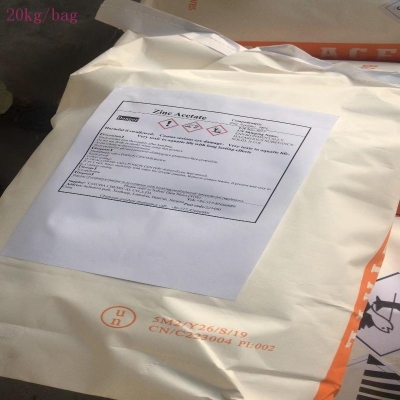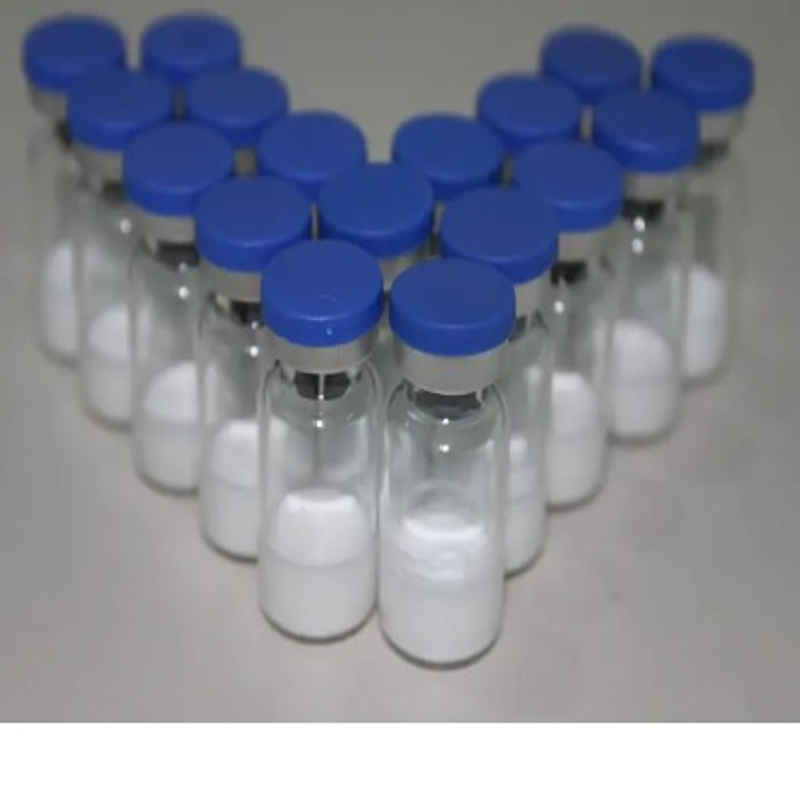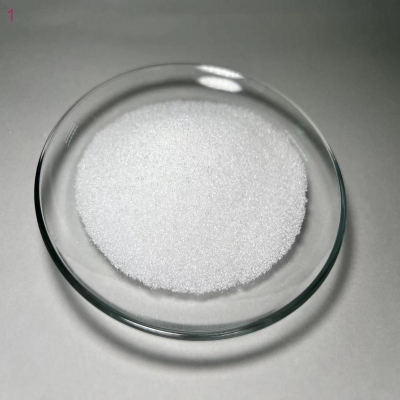-
Categories
-
Pharmaceutical Intermediates
-
Active Pharmaceutical Ingredients
-
Food Additives
- Industrial Coatings
- Agrochemicals
- Dyes and Pigments
- Surfactant
- Flavors and Fragrances
- Chemical Reagents
- Catalyst and Auxiliary
- Natural Products
- Inorganic Chemistry
-
Organic Chemistry
-
Biochemical Engineering
- Analytical Chemistry
-
Cosmetic Ingredient
- Water Treatment Chemical
-
Pharmaceutical Intermediates
Promotion
ECHEMI Mall
Wholesale
Weekly Price
Exhibition
News
-
Trade Service
It is understood that the quotation of 51% powder supply agent of Luopotash will be lowered to 2500 yuan/ton.
We seem to have seen the advent of the era of "shopping" in the potassium sulfate market.
2016 or even 2017, 2018.
.
.
Potassium sulfate market for a long period of time in the future has not been optimistic.
The current consensus in the industry is that, in addition to the sluggish economic environment, the rapid expansion of its own production capacity is also the main creator of the current tragedy in the potassium sulfate market.
If this is the case, then the price war starts, until a part of the production capacity is kicked out of the army, such a process and trend should be doomed.
The resource-based potassium sulfate companies in Xinjiang and Qinghai, represented by Luopotash, should be ready to "declare war" against Mannheim companies, so it is completely foreseeable that the vast majority of those "kicked out" will have high costs.
Mannheim Enterprise.
Take the price of 2500 yuan/ton as a reference.
Although not all Mannheim manufacturers can afford it, a small number of manufacturers will definitely lose money (according to our understanding, the current high-end cost is still around 2650 yuan/ton.
).
In the future, whether the price of potassium chloride drops again or the downturn lasts for too long, there is still room for a price reduction of potassium sulfate.
If you don't spell out a life and death, you won't be better! Before the market improves, the potassium sulfate market will have to survive three hurdles-the price of the first pass drops, the operating rate of the second pass drops, and the third pass some companies withdraw.
It can be seen from the chart below that from the very difficult period in September to the present, the decline in the operating rate of the Mannheim industry is not so obvious, so the current potassium sulfate market is still in the first difficulty.
However, the decline in the active and passive operating rates of the entire industry has been accelerated: on the one hand, the suspension of production and maintenance after the winter in Qinghai; on the other hand, environmental inspections in Hebei and other places have caused some companies to restrict production and suspend production; and the latest information has been about some in Shandong and other places.
Small and medium-sized enterprises have decided to suspend production in one to two weeks for "annual leave".
After the Spring Festival, they must also decide whether to resume production based on market conditions.
**Note: The above figure is drawn based on the output and capacity of stable production enterprises, so each value may be slightly higher than the actual value.
?? When the follow-up curve in the above figure drops significantly, the potassium sulfate market has announced that it has entered the second difficulty.
The second and third difficulties may also overlap.
The details of all these changes can only be studied later.
Optimistically, with the emergence of the downward signal of operating rate, we are nearly half a step away from improving, but the actual situation is that we must recognize the fact that the potassium sulfate market will not improve in a moment.
For the Mannheim companies that hope to survive, they may need to take the courage to get rid of the burden of high-cost inventory at an advanced price, and try their best to take orders, instead of just being willing to follow the price and wait and see, and always passively wait for orders, because Maybe it's no big difference.
For companies that have no hope of reducing costs, it is better to get out as soon as possible.
We seem to have seen the advent of the era of "shopping" in the potassium sulfate market.
2016 or even 2017, 2018.
.
.
Potassium sulfate market for a long period of time in the future has not been optimistic.
The current consensus in the industry is that, in addition to the sluggish economic environment, the rapid expansion of its own production capacity is also the main creator of the current tragedy in the potassium sulfate market.
If this is the case, then the price war starts, until a part of the production capacity is kicked out of the army, such a process and trend should be doomed.
The resource-based potassium sulfate companies in Xinjiang and Qinghai, represented by Luopotash, should be ready to "declare war" against Mannheim companies, so it is completely foreseeable that the vast majority of those "kicked out" will have high costs.
Mannheim Enterprise.
Take the price of 2500 yuan/ton as a reference.
Although not all Mannheim manufacturers can afford it, a small number of manufacturers will definitely lose money (according to our understanding, the current high-end cost is still around 2650 yuan/ton.
).
In the future, whether the price of potassium chloride drops again or the downturn lasts for too long, there is still room for a price reduction of potassium sulfate.
If you don't spell out a life and death, you won't be better! Before the market improves, the potassium sulfate market will have to survive three hurdles-the price of the first pass drops, the operating rate of the second pass drops, and the third pass some companies withdraw.
It can be seen from the chart below that from the very difficult period in September to the present, the decline in the operating rate of the Mannheim industry is not so obvious, so the current potassium sulfate market is still in the first difficulty.
However, the decline in the active and passive operating rates of the entire industry has been accelerated: on the one hand, the suspension of production and maintenance after the winter in Qinghai; on the other hand, environmental inspections in Hebei and other places have caused some companies to restrict production and suspend production; and the latest information has been about some in Shandong and other places.
Small and medium-sized enterprises have decided to suspend production in one to two weeks for "annual leave".
After the Spring Festival, they must also decide whether to resume production based on market conditions.
**Note: The above figure is drawn based on the output and capacity of stable production enterprises, so each value may be slightly higher than the actual value.
?? When the follow-up curve in the above figure drops significantly, the potassium sulfate market has announced that it has entered the second difficulty.
The second and third difficulties may also overlap.
The details of all these changes can only be studied later.
Optimistically, with the emergence of the downward signal of operating rate, we are nearly half a step away from improving, but the actual situation is that we must recognize the fact that the potassium sulfate market will not improve in a moment.
For the Mannheim companies that hope to survive, they may need to take the courage to get rid of the burden of high-cost inventory at an advanced price, and try their best to take orders, instead of just being willing to follow the price and wait and see, and always passively wait for orders, because Maybe it's no big difference.
For companies that have no hope of reducing costs, it is better to get out as soon as possible.







